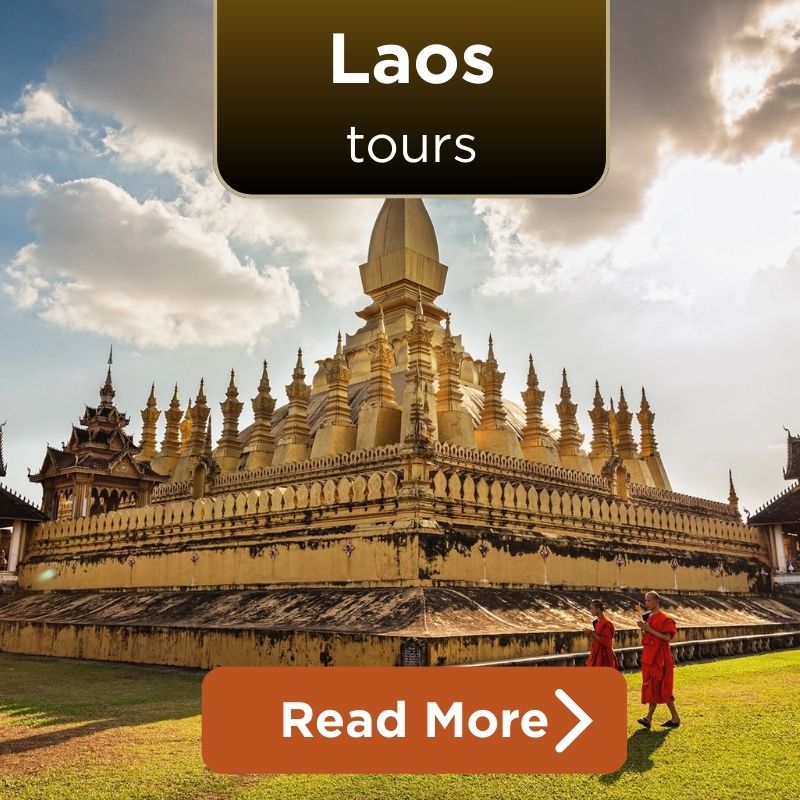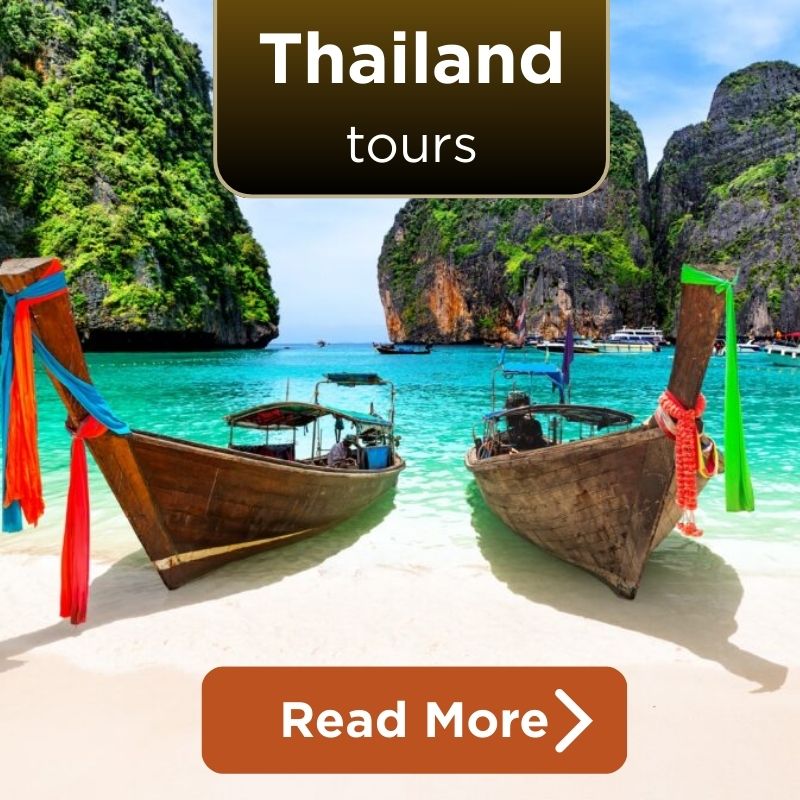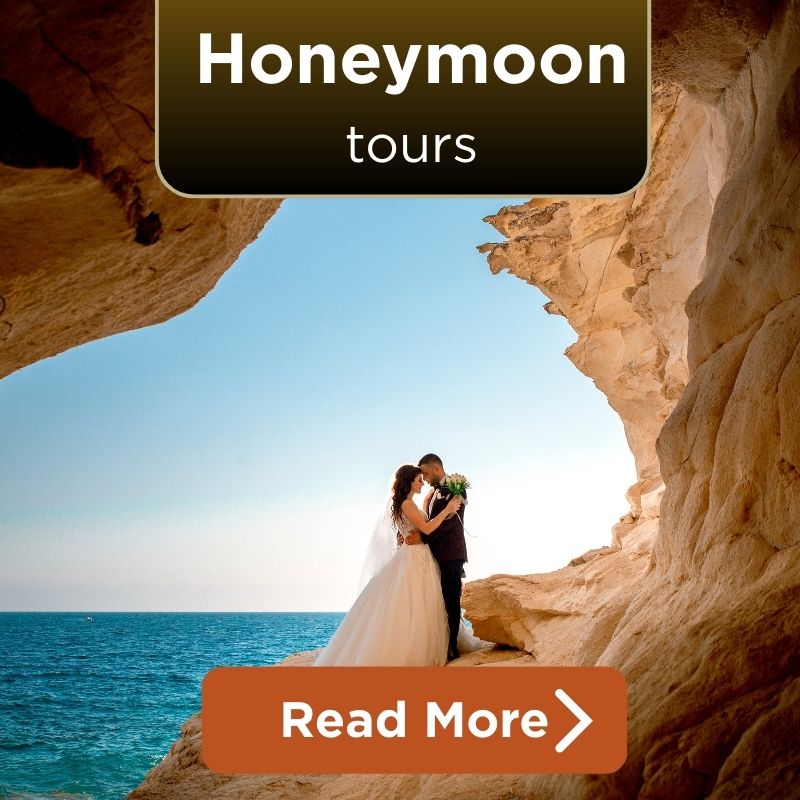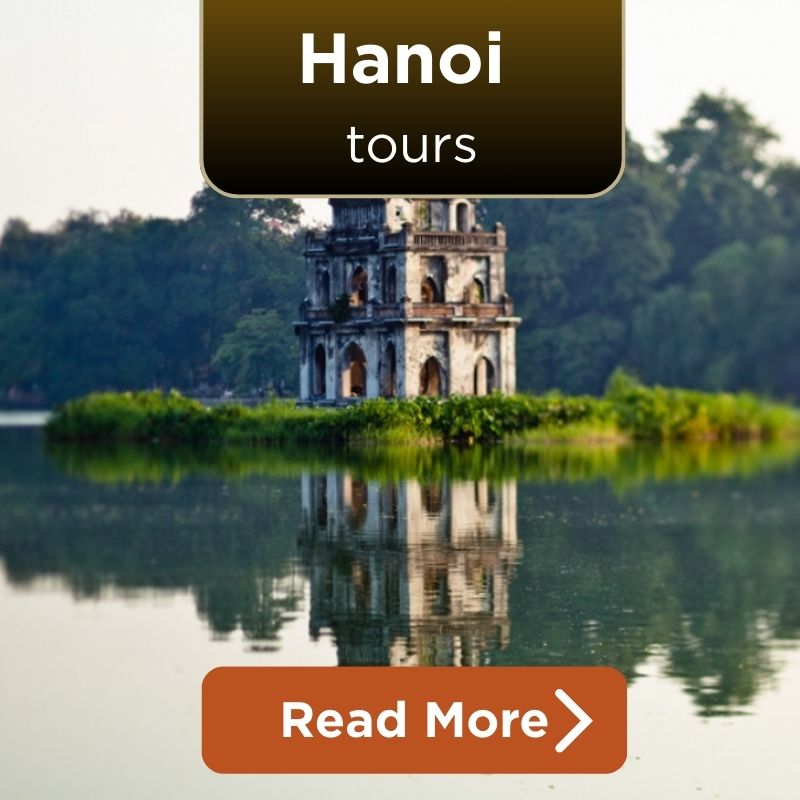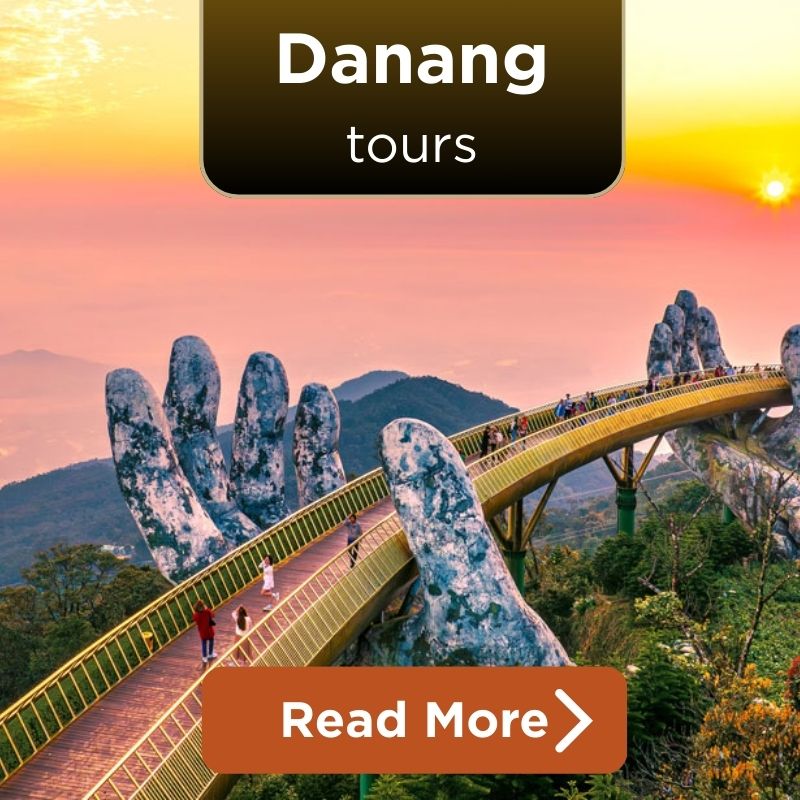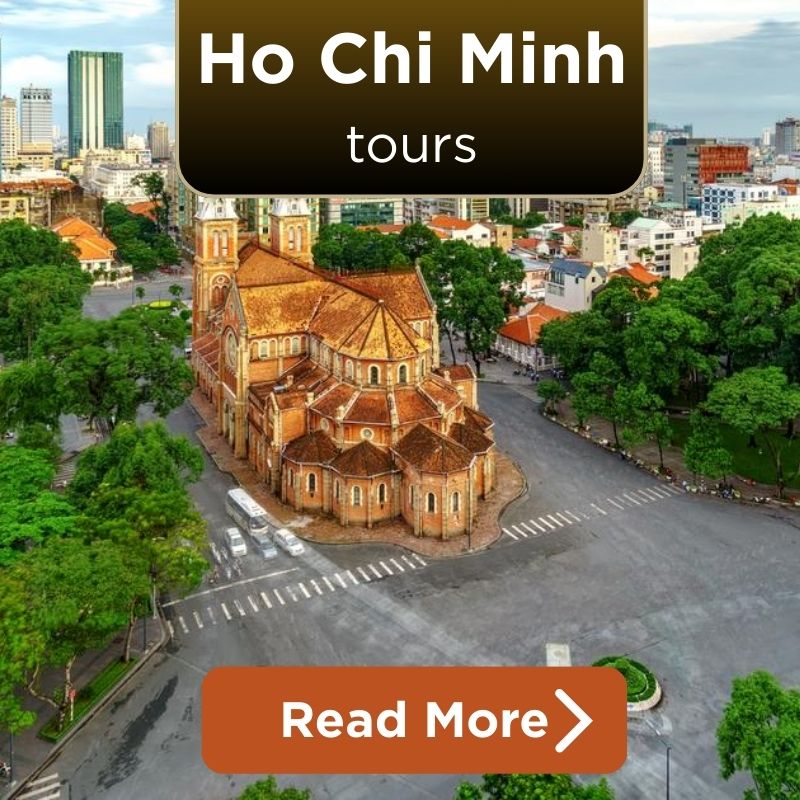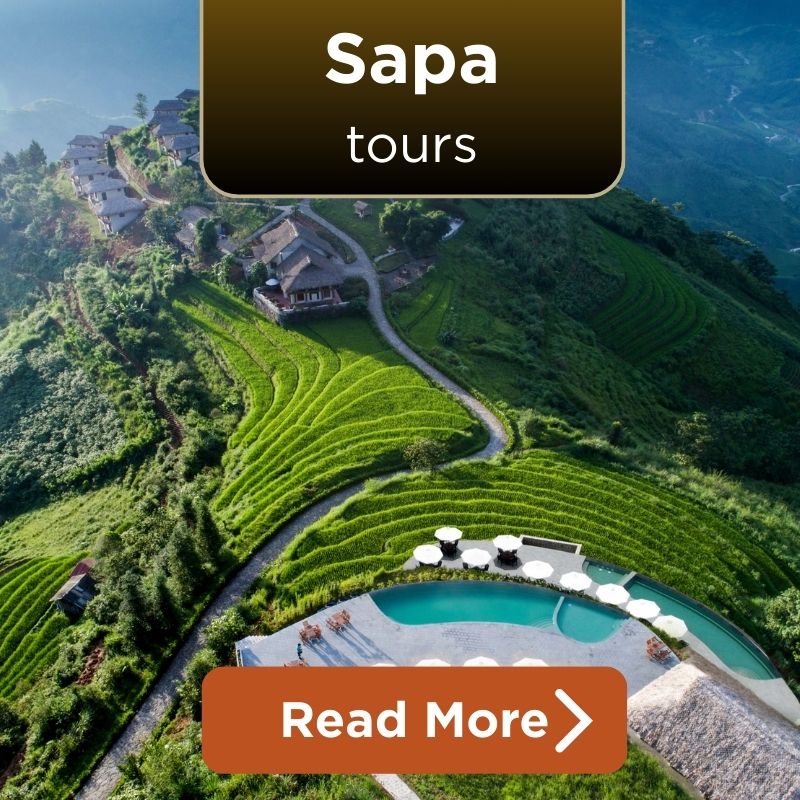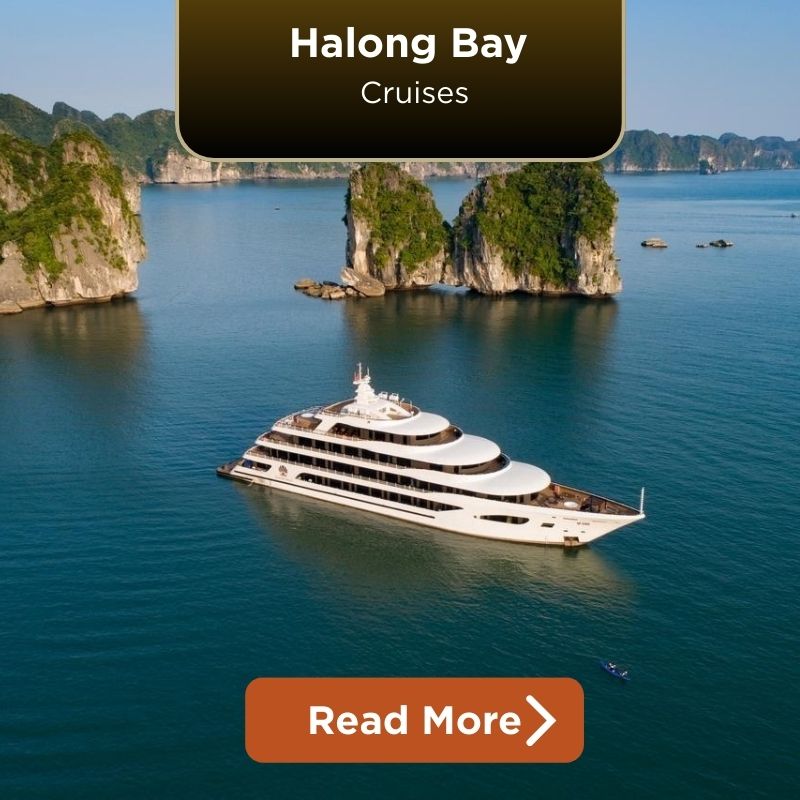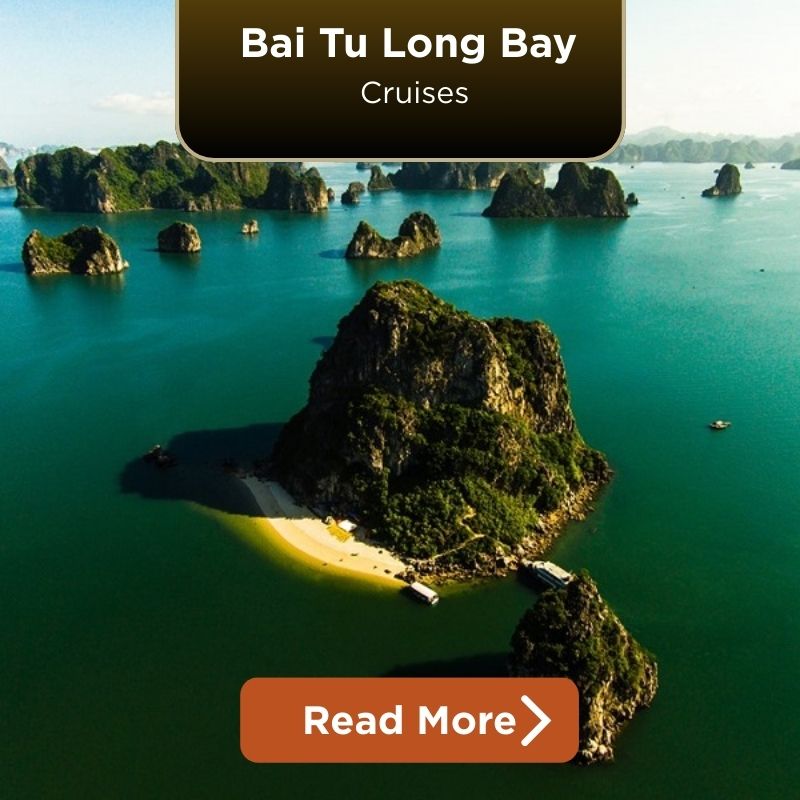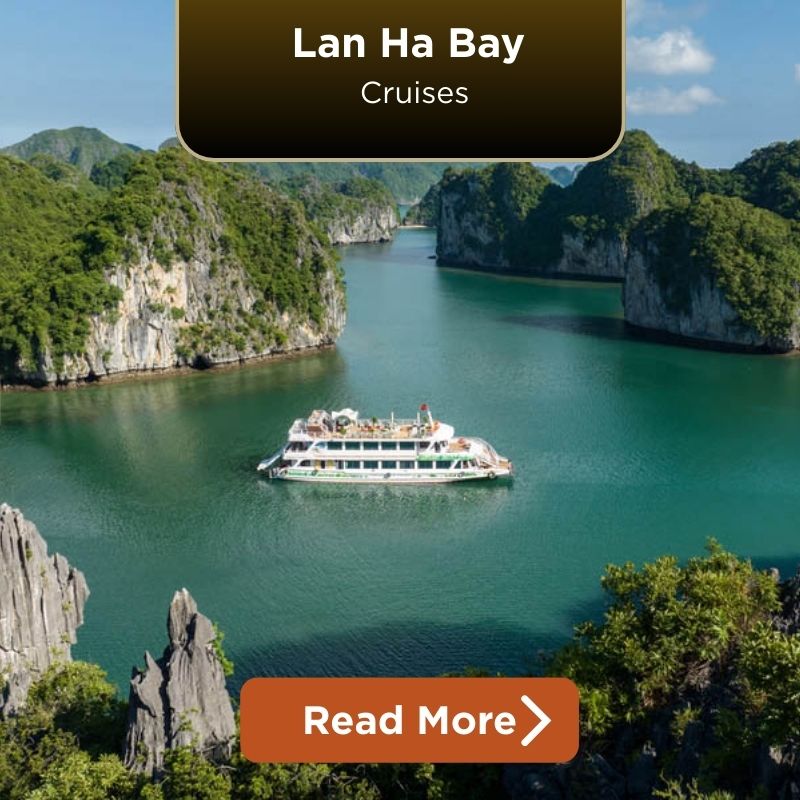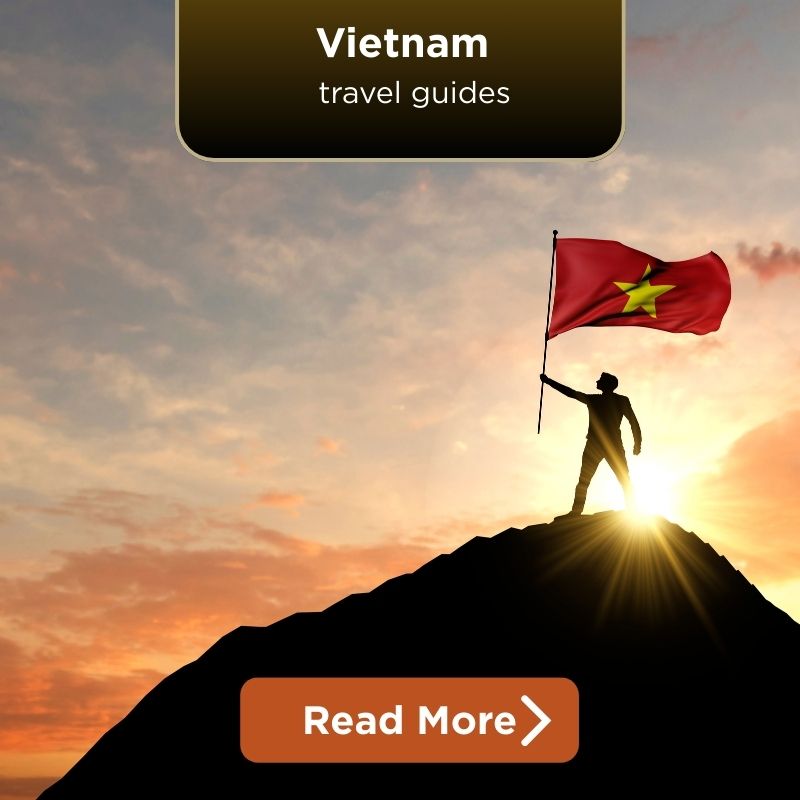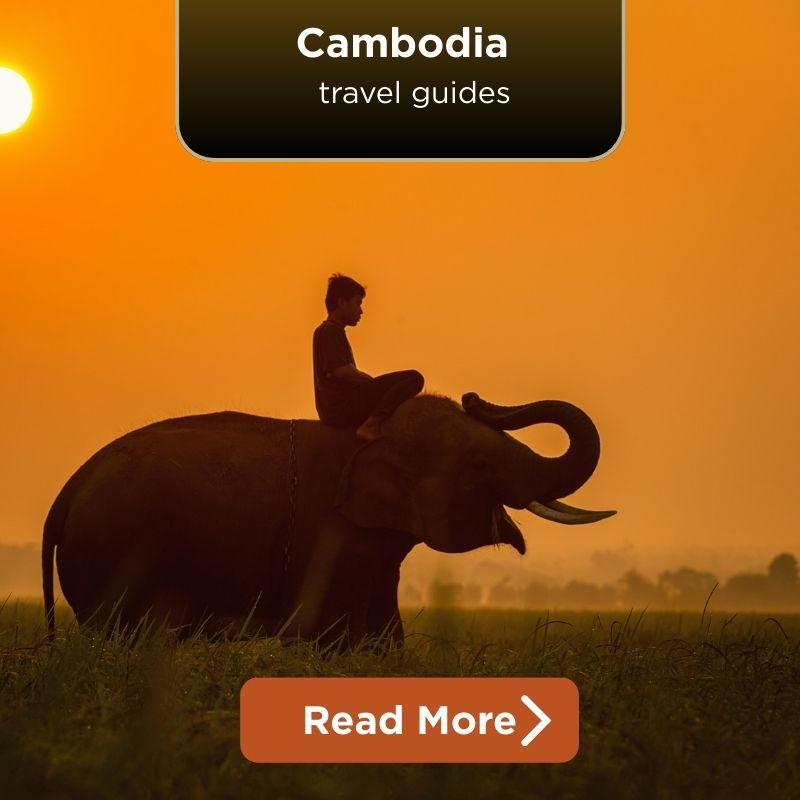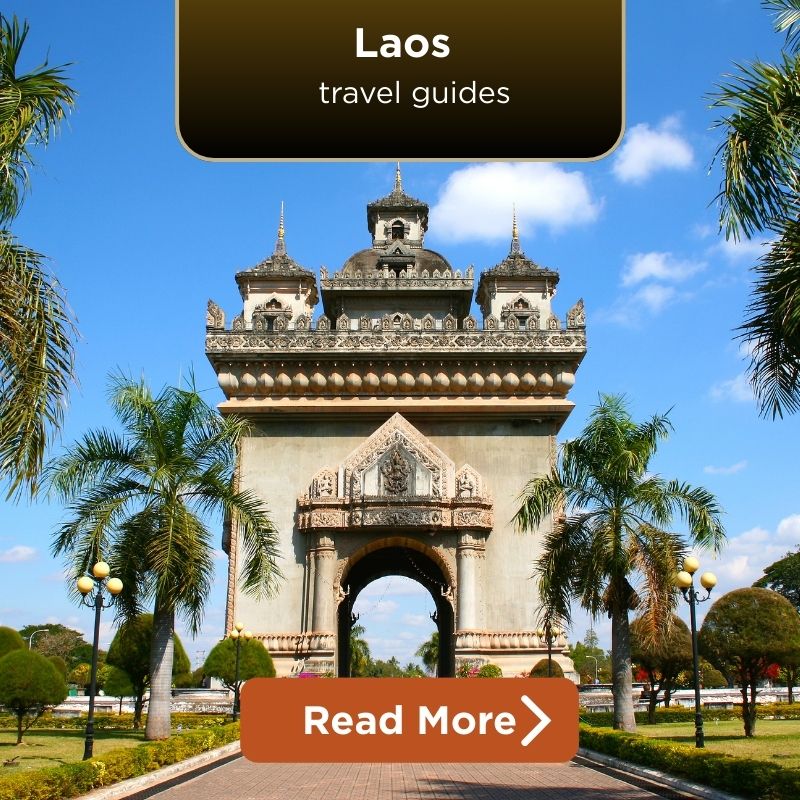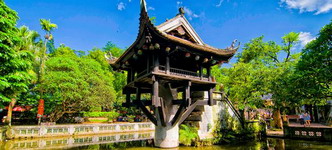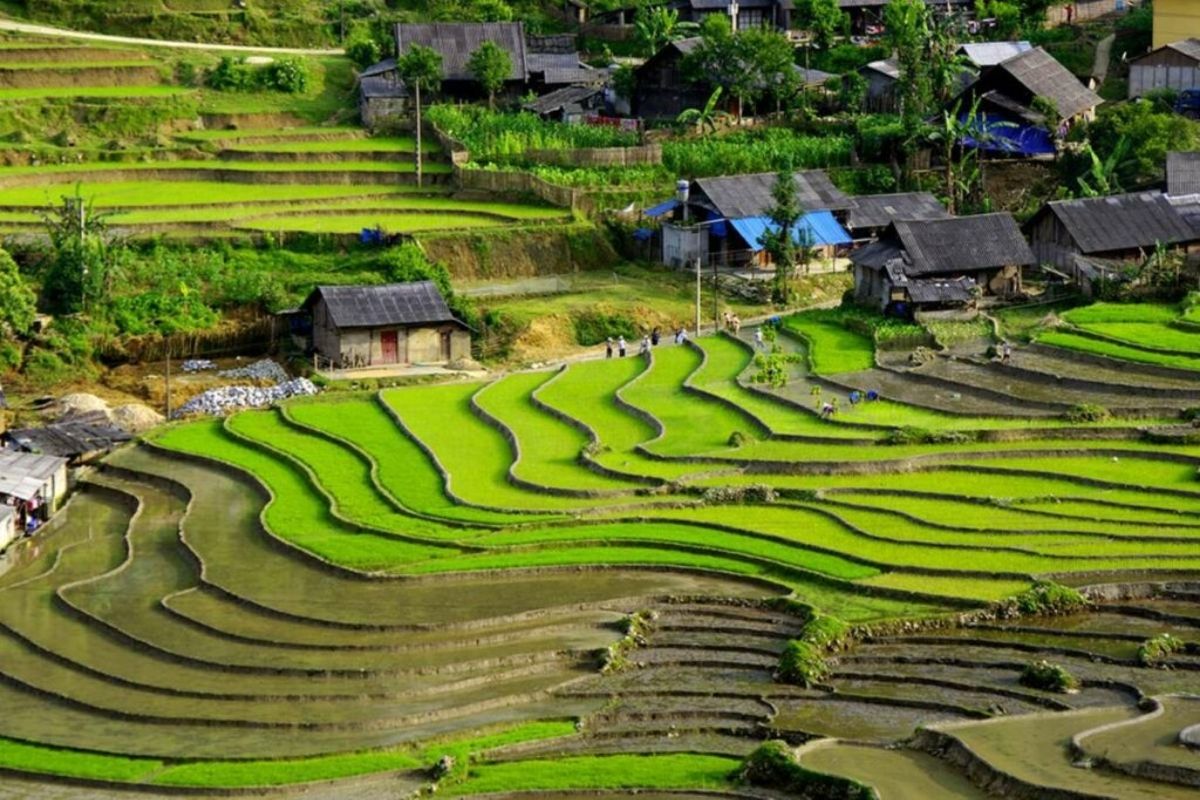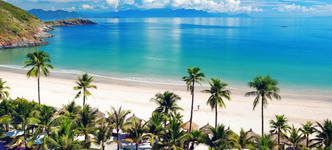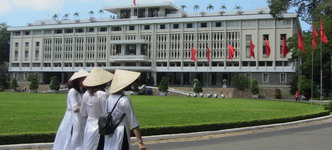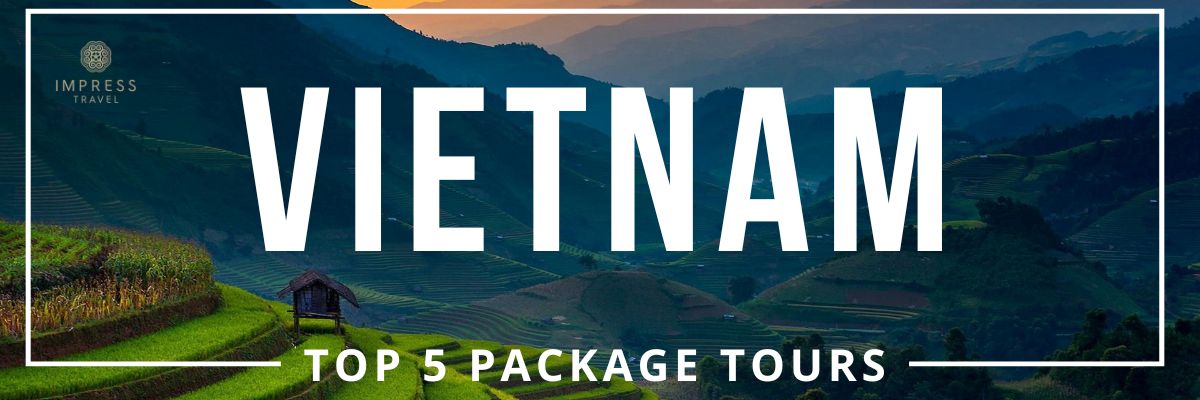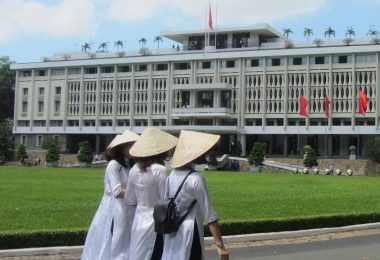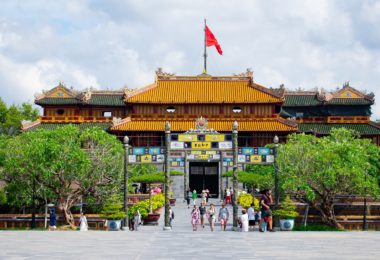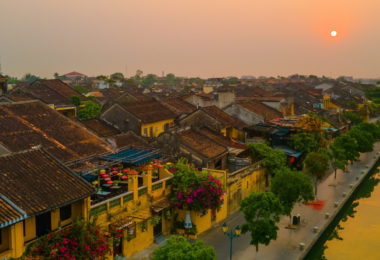Rainy Season Overview: What You Should Know First
The Rainy Season in Vietnam is based on a tropical monsoon climate regime, seasonal winds squash the air, which is transporting moisture from the oceans. Global phenomena such as El Niño and La Niña can cause the rains to arrive earlier or later, persist longer, or move across areas like the central regions and South Vietnam.
But fear not – Rainy Season in Vietnam does not consist of rain all day! Showers don’t last more than a couple of hours, on average, and tend to be common in the afternoon, so you should have plenty of time the rest of the day to find some dry ground. Mornings are often sunny and cool, great for excursions to Hanoi, Halong Bay, the mountains of Ha Giang, or the rice fields in Mu Cang Chai and Ninh Binh.
Some people assume they’ll hate the rain on their trip, but the reality is that fewer tourists, cheaper prices, and the brilliant green landscapes make the wet season a unique time to travel. So yes, it can be a good time to visit Vietnam, especially if you’re into culture, coffee, and moody landscapes.
Pack a raincoat and an open mind, and you will learn that the Rainy Season in Vietnam could just be the most unforgettable time to travel in Vietnam.

Ha Giang In The Rainy Season (Source: kenh14)
North Vietnam (Hanoi, Sapa, Ha Long, Ninh Binh)
Rainy Season Duration: When Does It Start?
The Rainy Season in Vietnam starts in North Vietnam around May and ends in September. This is that time of the year when the region turns hot and humid, with afternoon showers becoming a regular feature and high humidity in the air. It’s not as if it’s raining all day every day, but beginning in late June through August, you can count on heavy downpours, particularly around Ha Long Bay.
What to Expect During the Rainy Season in North Vietnam
The rainy season brings mixed sunshine and tropical showers in the north. In Sapa and the highland regions, rain falls generally from June on, rendering trails muddy and slippery a hazard for trekkers. In the meantime, Hanoi, Ninh Binh, and Ha Long Bay reach the climax of their rainy season from July to August.
Expect:
- Brief and intense summer thunderstorms
- High humidity and misty mornings
- Intervention: Flood in coastal areas such as Ha Long Bay
- Even the storm did not halt her vagabonding completely.
Nonetheless, the rain often dissipates by early afternoon, meaning that the city can be explored, or the countryside relaxed in. If you are planning a flexible itinerary, you can still get to see many beautiful moments.
Travel Recommendations: What to Do and When to Go
But despite the rain, this area is rich with charm and reward if you know when to visit. This is how you can get the best of your journey when in the Rainy Season in Vietnam:
Avoid Mid-July to Early August in Ha Long Bay
That is when the region is most at risk from tropical storms. Cruise companies may cancel trips for safety reasons, and visibility is typically bad. If Ha Long Bay is on your bucket list, try targeting late May or early September for more stable conditions.
Visit Sapa in Late August
It’s one of the most magical times of year to see the rice fields transform. By late August, the terraced landscapes transform from emerald green to glistening gold, ideal for photography and cultural forays. With a good local guide, trekking is still feasible.
Explore Hanoi’s Culture and Cuisine
There’s history, coffee shops, and street food galore, and, rain or shine, Hanoi is a destination that’s always worth a visit. Museums, the Old Quarter, and temples are great to visit on rainy afternoons. The rain also helps create a nostalgic, cinematic tone for the city, perfect for a more contemplative kind of travel.
Discover Ninh Binh’s Tranquility in the Rain
On creaky boats among limestone karsts in Ninh Binh, light drizzle and fog make the experience feel more intimate than it might on cloudless days. With fewer tourists around in the rainy season, you’ll have a calmer, truer experience of this outstanding site.
Safety and Weather Tips
- Best not to plan trekking in Sapa in June, as rain is at its peak and trails get dangerous. If you do go, go with experienced local guides and wear decent footwear.
- Get storm warnings for Ha Long Bay, specifically in July and August. This could cause cancellations to your cruise itinerary.
- Keep a small raincoat or umbrella with you at all times. Waterproof shoes are a bonus.
- Stay hydrated. The heat and humidity can wear you down.

Rainy Season in Hanoi Starts May (Source: giadinh)
Central Vietnam (Hue, Da Nang, Hoi An, Da Lat, Nha Trang)
When Does the Rain Arrive?
In the north, the Rainy Season in Vietnam typically takes place between September and December, though, in some spots such as Hue, it can even extend out to February. It’s also typhoon season, and storms from the South China Sea can dump heavy rains and unleash fierce winds, particularly in coastal areas like Hoi An and Da Nang.
But don’t let that deter you. Done right, though, this can be a good time to visit Vietnam, particularly for travelers looking for true beauty and fewer tourists.
What’s the Weather Like?
Expect:
- Brief, heavy showers, notably in October and November
- Spotty flooding, especially in Hoi An’s old town
- Mist-shrouded hills have an ethereal feel in Da Lat.
- Nha Trang during its brief wet season, toward the end of October – November
Travel Highlights During the Rainy Season
Hoi An: Flooded Streets and Floating Magic
Well, the wet season can also do charming things to Hoi An. When the Thu Bon River floods, the old town turns into a floating village. You can float down the lantern-lit streets, sipping tea and watching life slow down in the rain, one of the most romantic experiences in Vietnam.
Da Lat: Mist, Comfort Food, and Cozy Cafés
Situated in the highlands, Da Lat is a gem during the Rainy Season in Vietnam. The air is cool, the pine forests twinkle with mist, and the flower gardens appear newly laundered. Rain here tends to be light and steady, the kind that leaves you longing for warm avocado ice cream, hot soy milk, or a bowl of local nose-tingling noodle soup. And don’t forget to check out indoor spots like the Crazy House, the Art Deco villas, and the charming coffee shops that boast views of the hills.
Hue: Royal Melancholy in the Rain
Hue has constant rain from September to January, and the rain fills the ancient citadels and temples with a mysterious and moody atmosphere. Fewer tourists equals serene courtyards and atmospheric tours. Local cuisine such as bun bo Hue tastes even better when the sound of rain is pattering on the roof. Fair warning: Should you have boat trips down the Perfume River planned, beware that you may want to confirm the weather first.
Travel Cautions and What to Avoid
Phong Nha Caves (September-October): As stunning as Phong Nha is, stay clear of the caves at the height of the rainy season. Trails can get slippery to the point of danger, and sections of caves might close from flooding. Clash with a dry season (Feb-Aug) departure for safer adventure.
Typhoon Risk: Typhoons land here infrequently. Travel insurance, cancellation options, and current weather conditions are all valuable offerings at this time to visit Vietnam.

Expect Cool Rains in Da Lat (Source: comnieunhungoc)
South Vietnam (Ho Chi Minh City, Mekong Delta, Phu Quoc)
What to Expect in Southern Cities and Destinations
Ho Chi Minh City is a year-round beehive, and it’s even more alive during the wet season. They don’t let rain get in the way, just grab a poncho, jump on the motorbike, and go go go! It’s the ideal time of year to check out the city’s café culture, art galleries, and centuries-old colonial history. Indoor attractions seem particularly snug on warm, rainy days.
The Mekong Delta is a verdant tapestry of green at this time. Floating markets get more genuine, rivers flow fuller, and the land teems with birds and flowers. You’ll get wet, but you’ll also see the delta when it’s most alive.
And what about Phu Quoc? Yes, you can still visit this island paradise in the Rainy Season in Vietnam. There is not much on-site (other than beach lounging), but with a little flexibility, you can schedule beach mornings and catch a spa or cooking class in the afternoons when the rain showers come. For a lot of travelers, the relaxed atmosphere of the island at this time of year fewer crowds, lower hotel prices, is ideal.
Travel Tips for Rainy Days in the South
- Start your day early. The mornings are typically clear and sunny. Don’t go out at noon, as heavy rains are probable.
- Discover indoors: Museums, war relic sites, coffee houses, artisan workshops.
- Pack smart: Waterproof shoes, a lightweight poncho, and a quick-dry towel are essentials.
- Stay spontaneous: When it rains, let yourself get wet, seek refuge in a secret café, and drink a hot Vietnamese drip coffee while the city sparkles through the rain.

Phu Quoc In The Rainy Season (Source: crystalbay)
Is It a Good Time to Visit?
For sure, if you know how to side-step the weather, this is a good time to visit Vietnam. The wet season reveals South Vietnam at its liveliest, with steamy street life scenes straight out of an iced coffee dream to lantern-lit dinners during a passing drizzle.
Fewer tourists, reasonable prices, and the luxuriant trekking of the tropics make this time special. If you like to stay away from the crowds and travel a country at your own pace, you might even say this is one of the best times of the year to go. Yes, it’s humid. Yes, you’ll get wet.
So, if you’re still wondering if it’s a good time to visit Vietnam, the answer is a resounding yes. Bring your spirit of adventure and let the rain dictate the beat.
Rainy Season Packing & Preparation Checklist
Waterproof Shoes with Good Grip
Given that paths can become hazardous in the wet season, particularly in Sapa, Mu Cang Chai, and the caves around Phong Nha, go for strong waterproof shoes with good grip. They’re good for keeping you stable on muddy trails (and drier during the flash downpours you’ll encounter often in the central region and South Vietnam).
Lightweight Raincoat or Poncho
A rainy day is essential for the Rainy Season in Vietnam! Ponchos, Ponchos everywhere in Vietnam, cheap, ultralight, and effective. Pick one that also covers your backpack, particularly if you’re traveling somewhere like Hoi An or Hanoi – Halong Bay.
Waterproof Daypack
Rain can hit fast and hard. Keep your gear, camera, notebook, and snacks in a waterproof daypack or dry bag. It’s a particularly good thing to have if you’re boating in the Mekong Delta or hiking misty hills in Da Lat.
Quick-Dry Clothing for When Is the Rainy Season in Vietnam
Toss the jeans and cotton tees. Think man-made or performance fabrics that wick away moisture and dry fast. They’re perfect for hot and humid situations, where you want to hang out in comfort between showers, like hopping between street food stalls or temples in Nha Trang and Mui Ne.
Mosquito Repellent Tips for When Is the Rainy Season in Vietnam
Pooling water and dampness encourage mosquitoes, especially during the rainy season. Whether you visit the countryside or just go to city parks, take a good repellent with you to protect yourself against bites, especially when in North Vietnam and around rivers in South Vietnam.
When to Visit Vietnam If You Want to Avoid the Rain
Central Vietnam (Hue, Da Nang, Hoi An, Nha Trang, Da Lat) with When to Visit Vietnam If You Want to Avoid the Rain
In the heart of the country, the dry season runs from January through to August, a long, glorious window for beach holidays, cultural touring, and mountain escapes. It’s when Nha Trang and Mui Ne have their best beach weather, and the lantern-lit nights of Hoi An glow against clear skies.
To avoid the wet season, skip September to December, when heavy rains or even typhoons can blow in. So if you’re wishing you were lounging by the beach, sipping a cocktail, or cruising along the coast on a motor scooter, now’s a good time to visit Vietnam.

Nha Trang beach (Source: tuoitre)
South Vietnam (Ho Chi Minh City, Mekong Delta, Phu Quoc) with When to Visit Vietnam If You Want to Avoid the Rain
South Vietnam has a tropical climate with a well-defined dry season between November and April. Now is the prime time to check out the floating markets of the Mekong Delta, chill on the beaches of Phu Quoc, or immerse yourself in the organised chaos of Ho Chi Minh City without doing it while water rains down from the sky.
You’ll skip the peak Rainy Season in Vietnam, which is from May to October in the south, and be met with the region at its sunniest. Look for warm temperatures, clear skies, and favourable travel conditions coast to coast.

The floating markets of the Mekong Delta (Source: tcdulichtphcm)
Bonus Tip: Match Your Trip with Festivals for Vietnam’s rainy season
Opting for the dry season also allows you to plan your travels around Vietnam’s most thrilling cultural festivals:
- Tet (Lunar New Year): January-February, nationwide celebration
- Hue Festival: Biennial, around April-June.
- Hoi An Lantern Festival: Monthly, on the full moon
Combine great dry weather with the biggest festivals, and you will get to see Vietnam at its most colorful, a win-win!
Conclusion
It’s true – The Rainy Season in Vietnam is a secret treasure! Planes may open the skies, but they also open up an entirely new side of the country: green scenery, lively street life, and fewer tourists. For foodies, photographers, and those looking for an authentic cultural experience, it’s a dream.
Yes, the dry season certainly has its virtues, but for anyone in the market for depth, color, and tempo, this is the good time to visit Vietnam. Just relish the rain, and you may find your favourite time to visit Vietnam yet.
Frequently Asked Questions (FAQ)
What is the rainiest month in Vietnam During the Wet Season?
The rainiest month in Vietnam differs in different regions, but in many places, including the north and the central highlands, August is the wettest. To the north, places such as Hanoi and Ha Long Bay can be hit with powerful tropical storms. In the south, Ho Chi Minh City and the Mekong Delta also experience regular heavy afternoon downpours at this time of year.
What month would it rain too hard in Vietnam?
September receives heavy rain, particularly in the central area of Hue and Da Nang, and Hoi An. This is also when typhoons and flooding are most likely to interfere with travel plans. Roads may flood while boat trips can be canceled on safety grounds, especially around Hoi An and Phong Nha.
Which month should I avoid visiting Vietnam During the Rainy Season?
If you want to avoid weather-related disruption, then you may not want to photograph your county in September, especially on the central coast. Typhoon season is in full force, and the Rainy Season in Vietnam is strongest in this area of the country, so some activities and transportation options aren’t as reliable. But other areas, such as the northwest mountains or southern islands, will still potentially have a great experience as long as you plan accordingly.
What month has the worst weather During Vietnam’s Rainy Season?”
October is usually the worst month weather-wise, with storms and flooding, and over Central Vietnam, especially where places like Hoi An and Hue can be hit hard. Even though it’s technically part of the Rainy Season in Vietnam, this month can be tough for anyone looking for outdoor adventures or smooth transportation.







